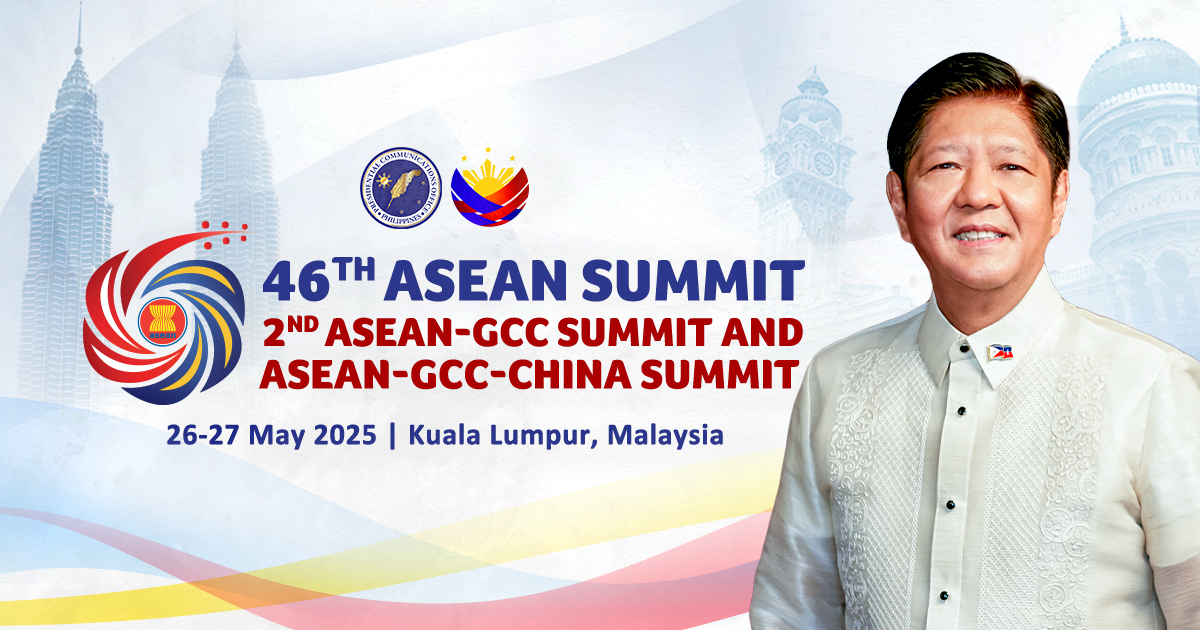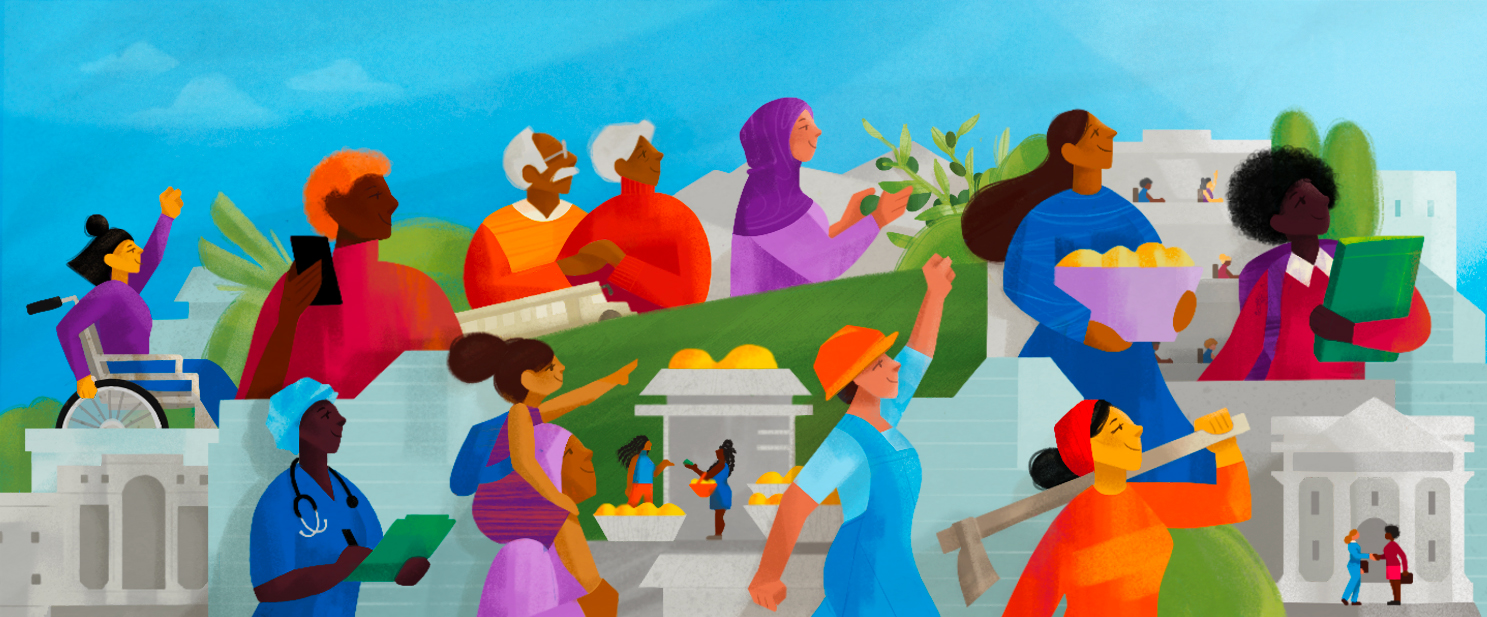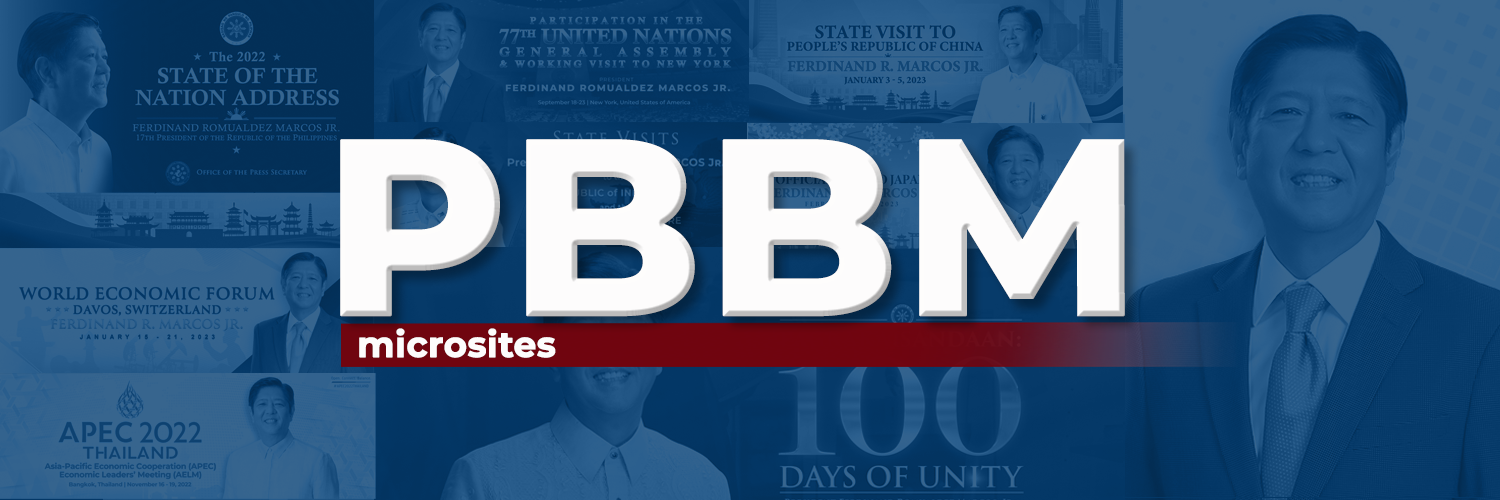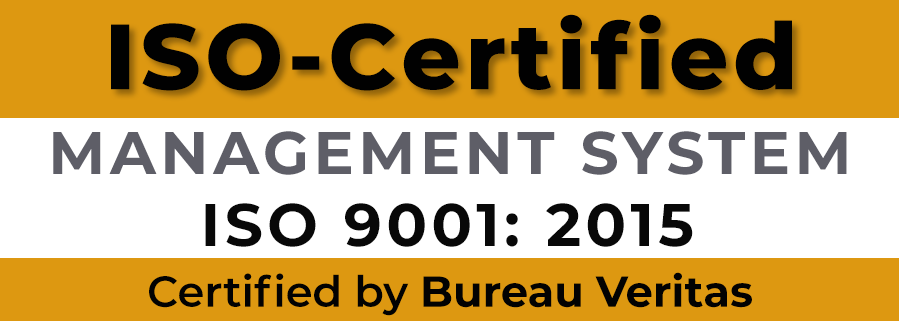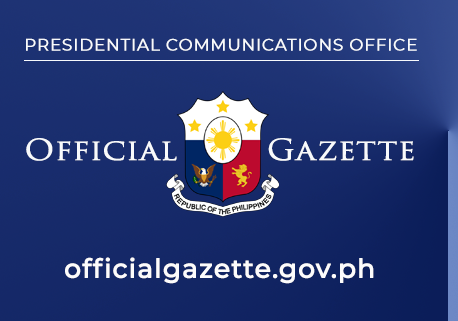Beijing, China — President Rodrigo Roa Duterte arrives in Beijing Saturday, May 13, to attend a landmark event – the Belt and Road Forum (BFR) for International Cooperation.
“It marks the transition and the emergence of a new world order in which there will be multiple power centers…from a unipolar world that is dominated by the US and the West into one in which Asia, particularly China, is emerging as a center of gravity particularly in the fields of economics and trade,” said Philippine Ambassador to China Jose Santiago Sta. Romana at a press briefing in the Philippine embassy.
The Belt and Road Forum, also known as the Silk Road Summit, will be attended by more than 60 countries and 29 heads of states.
President Duterte’s participation would be to promote the country’s economic and development interests. “In broad terms, this will be an opportunity for the Philippines to understand more the implications and the projects involved in this Belt and Road Summit, and an opportunity to seek and explore how our country can use this initiative to promote our economic development in a sustainable way.”
Sta. Romana underscored the importance of convergence between the Philippine agenda, which includes the President’s 10-Point Agenda and its economic priorities, and the Belt and Road Initiative.
He stressed that the Belt and Road Initiative is not a treaty or an alliance saying that the Philippines “voluntarily participates.”
Sta. Romana highlighted its importance such as promoting international economic cooperation, promoting globalization, enhancing infrastructure connectivity between East Asia, mainland Asia all the way to Europe.
“We see that there are areas that can promote our economic development, and particularly the connectivity, the idea of infrastructure development as well as development of our investment, of foreign trade, of international economic cooperation,” he said.On PH-China RelationsAmbassador Sta. Romana lauded the Duterte administration for pursuing a two-track approach in its bilateral relations with China.
“Let’s go back to the issue of the disputes. If you put the disputes in the front or center of bilateral relations, the result is the relation will be frozen because the disputes cannot be solved overnight… The basic approach of the Duterte administration has been to put it on separate track,” Sta. Romana underscored.
He added that “China has responded” in the dual-track approach of the Philippines and “the relationship is driven by cooperation in the fields of economics, commerce, culture, science, education, technology, among others.”
The ambassador cited three areas which saw improvements after the President’s successful state visit to China last October, namely, trade, tourism and infrastructure.
Sta. Romana, however, mentioned that “bridges and railways cannot be built overnight”, therefore, the most immediate improvement can be felt in the “expansion of market.”
The markets of Beijing, for instance, now have Philippine bananas and Philippine pineapples and China has promised to buy over 1 billion dollars worth of tropical fruits from the Philippines.
In tourism, one million Chinese tourists visited the country and they would soon become among the leading sources of Philippine tourism. Philippine consulates in Shanghai, Guangzhou, Xiamen, Chongqing have been flooded with visa applications.
All these Sta. Romana attributed to President Duterte’s “sovereign equality, mutual benefit framework.”
“While we pursue cooperation, we must also pursue our national interests,” he emphasized.
This is the same track, Sta. Romana viewed, the Philippines must take on China’s One Belt, One Road Initiative.
“A new world is emerging. There is a rising power in Asia. We proceed on the basis of our national interest… Cooperate on areas where our interests converge,” Sta. Romana concluded. ###PCO-Content
The Belt and Road Forum, also known as the Silk Road Summit, will be attended by more than 60 countries and 29 heads of states.
President Duterte’s participation would be to promote the country’s economic and development interests. “In broad terms, this will be an opportunity for the Philippines to understand more the implications and the projects involved in this Belt and Road Summit, and an opportunity to seek and explore how our country can use this initiative to promote our economic development in a sustainable way.”
Sta. Romana underscored the importance of convergence between the Philippine agenda, which includes the President’s 10-Point Agenda and its economic priorities, and the Belt and Road Initiative.
He stressed that the Belt and Road Initiative is not a treaty or an alliance saying that the Philippines “voluntarily participates.”
Sta. Romana highlighted its importance such as promoting international economic cooperation, promoting globalization, enhancing infrastructure connectivity between East Asia, mainland Asia all the way to Europe.
“We see that there are areas that can promote our economic development, and particularly the connectivity, the idea of infrastructure development as well as development of our investment, of foreign trade, of international economic cooperation,” he said.On PH-China RelationsAmbassador Sta. Romana lauded the Duterte administration for pursuing a two-track approach in its bilateral relations with China.
“Let’s go back to the issue of the disputes. If you put the disputes in the front or center of bilateral relations, the result is the relation will be frozen because the disputes cannot be solved overnight… The basic approach of the Duterte administration has been to put it on separate track,” Sta. Romana underscored.
He added that “China has responded” in the dual-track approach of the Philippines and “the relationship is driven by cooperation in the fields of economics, commerce, culture, science, education, technology, among others.”
The ambassador cited three areas which saw improvements after the President’s successful state visit to China last October, namely, trade, tourism and infrastructure.
Sta. Romana, however, mentioned that “bridges and railways cannot be built overnight”, therefore, the most immediate improvement can be felt in the “expansion of market.”
The markets of Beijing, for instance, now have Philippine bananas and Philippine pineapples and China has promised to buy over 1 billion dollars worth of tropical fruits from the Philippines.
In tourism, one million Chinese tourists visited the country and they would soon become among the leading sources of Philippine tourism. Philippine consulates in Shanghai, Guangzhou, Xiamen, Chongqing have been flooded with visa applications.
All these Sta. Romana attributed to President Duterte’s “sovereign equality, mutual benefit framework.”
“While we pursue cooperation, we must also pursue our national interests,” he emphasized.
This is the same track, Sta. Romana viewed, the Philippines must take on China’s One Belt, One Road Initiative.
“A new world is emerging. There is a rising power in Asia. We proceed on the basis of our national interest… Cooperate on areas where our interests converge,” Sta. Romana concluded. ###PCO-Content

